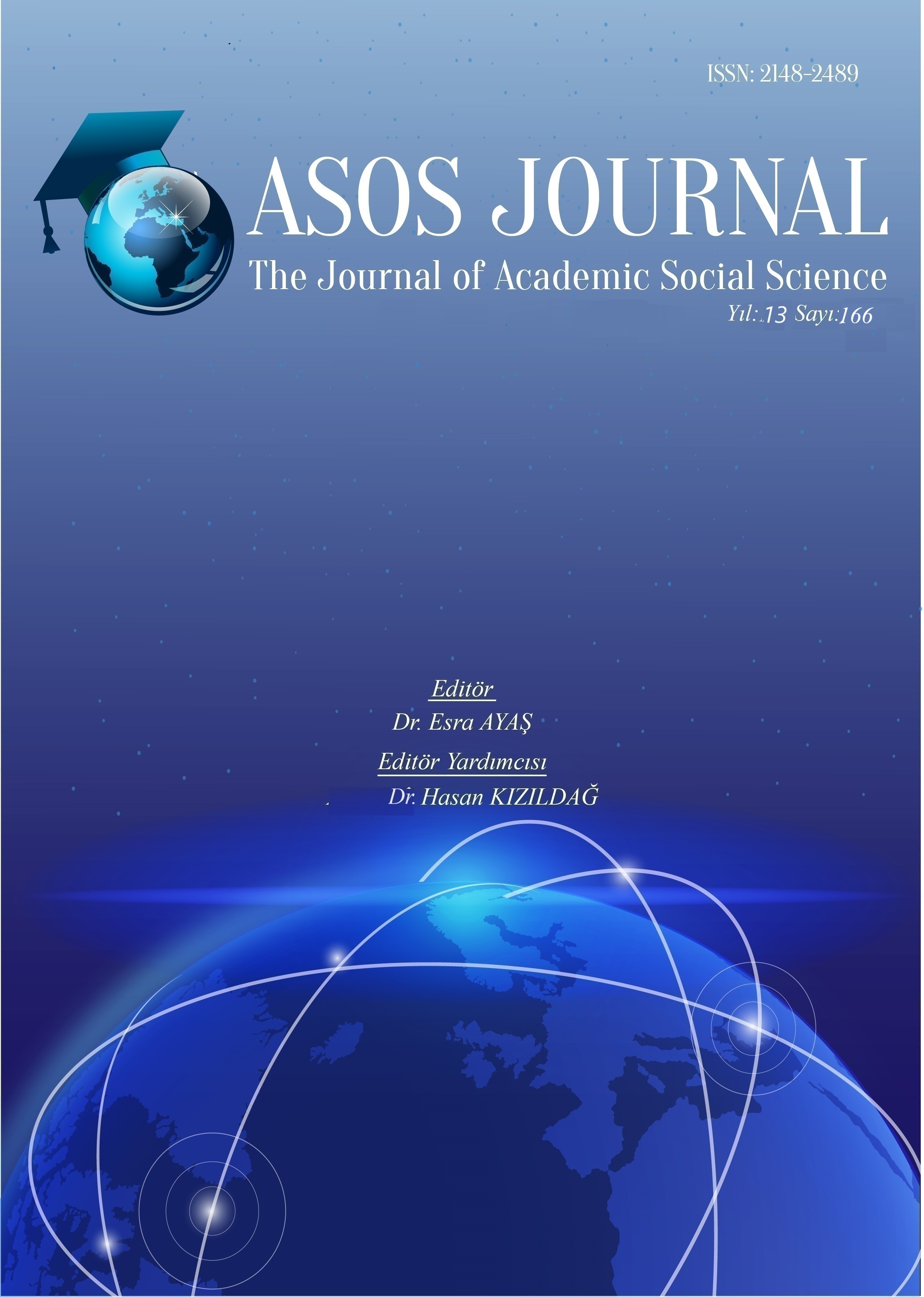Author :
Abstract
Bu araştırma, Hasan Ferit Alnar’ın, Yunus Emre’nin tasavvufi şiirlerinden esinlenerek bestelediği on bölümlük Yunus Emre Süiti adlı koro eserini müzikal ve edebi yönleriyle incelemektedir. Araştırmanın amacı, Alnar’ın geleneksel Türk müziği makamları ile Batı müziği tekniklerini nasıl sentezlediğini ve Yunus Emre’nin felsefi mesajlarını müzikal olarak nasıl yansıttığını ortaya koymaktır. Veriler, nitel araştırma desenine uygun olarak eserin müzikal partisyonu, şiirsel metinleri ve ilgili literatür incelenerek toplanmıştır. Analiz sürecinde eserin bölümleri; kullanılan makamlar, armonik yapı, biçimsel özellikler, ölçü düzenlemeleri ve şiir-müzik ilişkisi bağlamında çözümlenmiştir. Bulgular, Alnar’ın Hicaz, Saba, Segâh, Ferahfeza gibi çeşitli makamları Batı armonisiyle uyumlu şekilde işleyerek çok sesli bir yapı kurduğunu ve her bölümde Yunus Emre’nin aşk, hiçlik, teslimiyet gibi tasavvufi temalarını ön plana çıkardığını göstermektedir. Sonuç olarak, Yunus Emre Süiti hem geleneksel Türk musikisi hem de Batı müziği arasında estetik bir köprü kurmakta, Yunus Emre’nin evrensel mesajını çağdaş bir anlatımla sunan özgün ve kültürel açıdan değerli bir eser olarak değerlendirilmektedir.
Keywords
Abstract
This study examines the choral work Yunus Emre Suite, composed by Hasan Ferit Alnar and inspired by the Sufi poetry of Yunus Emre, from both musical and literary perspectives. The aim of the research is to reveal how Alnar synthesizes traditional Turkish music modes (makams) with Western musical techniques and how he conveys the philosophical messages of Yunus Emre through music. Data were collected through qualitative research methods by analyzing the musical score of the composition, the poetic texts, and related literature. During the analysis, each movement of the suite was examined in terms of the makams used, harmonic structure, formal features, rhythmic organization, and the relationship between poetry and music. The findings indicate that Alnar effectively integrates various makams such as Hicaz, Saba, Segâh, and Ferahfeza with Western harmonic language to create a polyphonic structure, and that each movement emphasizes a distinct Sufi theme of Yunus Emre, such as love, nothingness, submission, and the quest for truth. In conclusion, Yunus Emre Suite is considered a unique and culturally significant work that establishes an aesthetic bridge between traditional Turkish music and Western musical practices, while musically expressing the universal message of Yunus Emre through a contemporary lens.





